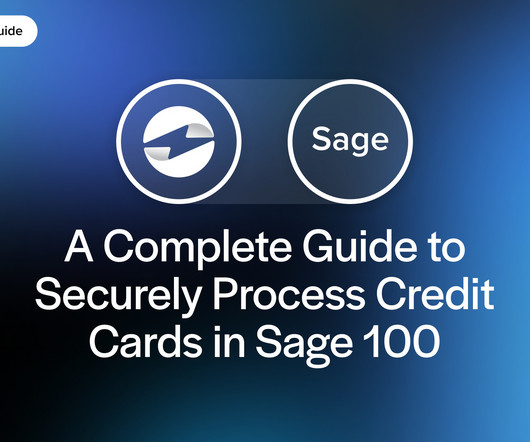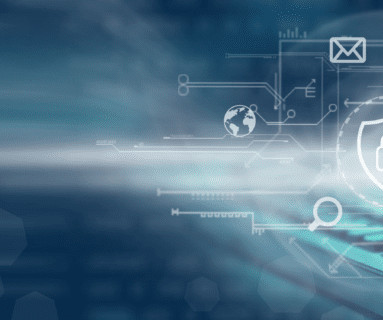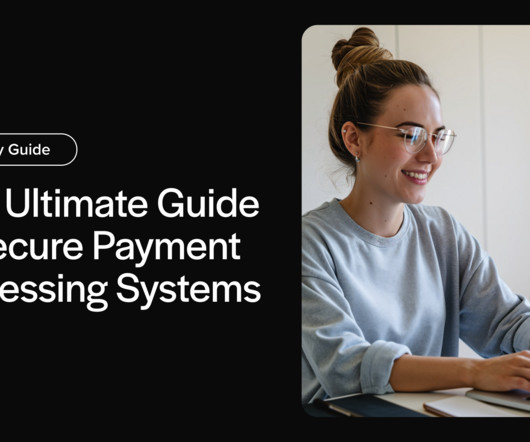Understanding the Cyber Risks in Video Communication
VISTA InfoSec
JUNE 19, 2024
Additionally, consider platforms with strong access controls, such as multi-factor authentication (MFA) to prevent unauthorized access. On top of that, strengthen user authentication with multi-factor authentication (MFA) to reduce the risk of unauthorized access.












Let's personalize your content